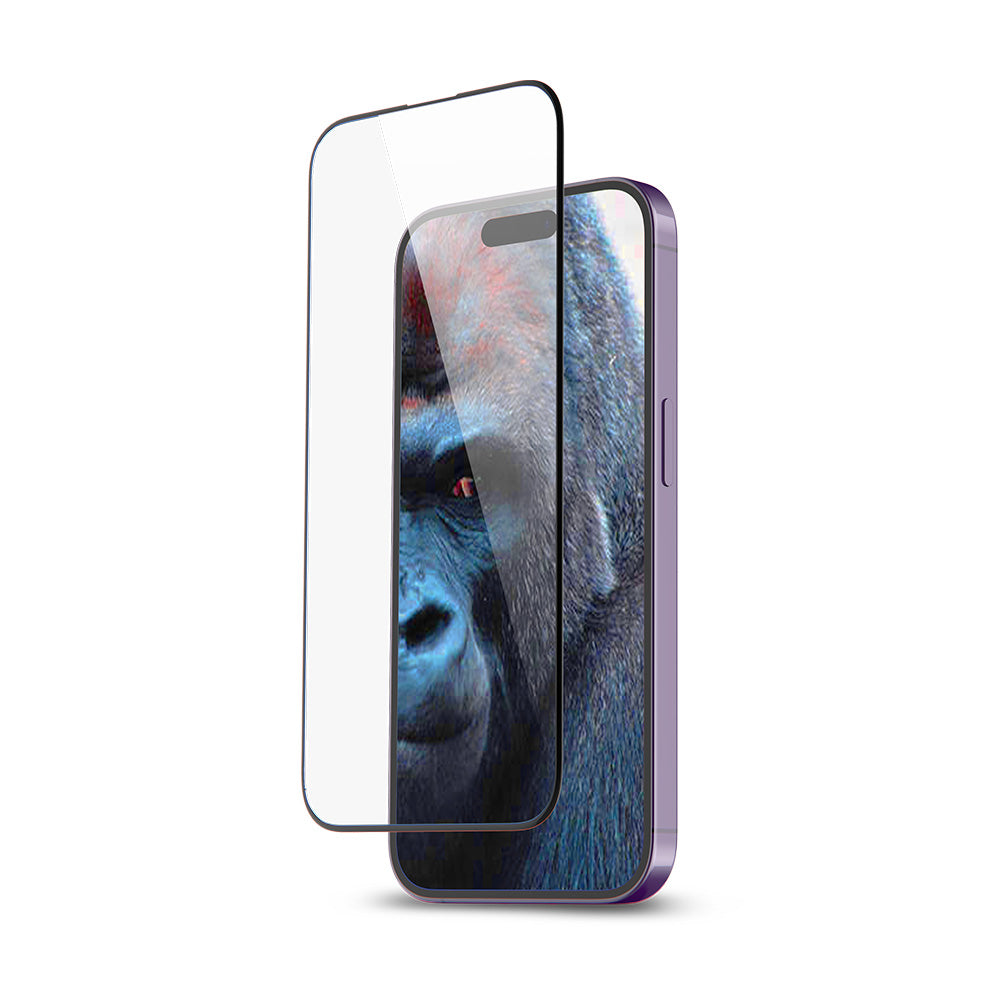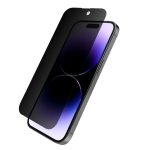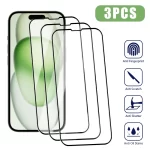Introduction: Why Removing Old Screen Protectors Matters
Screen protectors are essential for keeping your device’s screen free from scratches and damage. However, over time, they can become worn, dirty, or less effective. Removing old screen protectors properly is crucial for maintaining the clarity of your device’s screen and ensuring that any new protector you apply adheres well. In this guide, we’ll delve into various methods to effectively remove old screen protectors, offering tips for a hassle-free experience.
Understanding Your Screen Protector Type
Tempered Glass vs. Plastic Film Protectors
Screen protectors come in two main types: tempered glass and plastic film. Tempered glass protectors are more robust and offer better protection against impacts, while plastic film protectors are thinner and often more flexible. The method of removal can vary based on the type of protector you have. For tempered glass, a more careful approach is necessary to avoid cracking the glass or damaging the screen. Plastic film protectors, on the other hand, are usually easier to peel off but may leave adhesive residue.
Assessing the Condition of Your Screen Protector
Before removing your old screen protector, assess its condition. If it’s cracked or has bubbles underneath, it might be more challenging to remove. A protector with significant damage may require extra caution to ensure no fragments fall onto your device’s screen. Understanding the state of your protector will help you choose the most effective removal method and avoid potential issues.
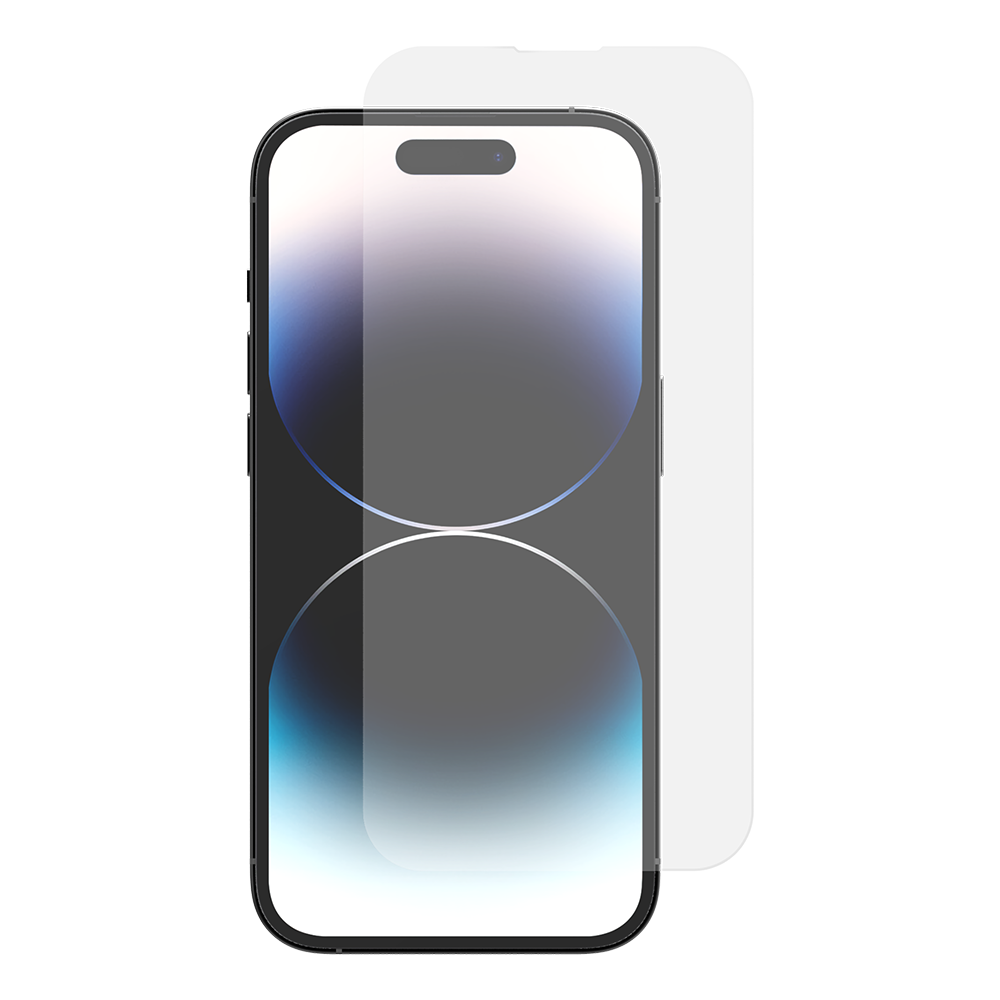
Basic Tools and Supplies Needed
Essential Tools for Screen Protector Removal
To remove an old screen protector effectively, gather a few essential tools. These include a plastic card (such as a credit card), a soft cloth, and a gentle adhesive remover if necessary. The plastic card helps in lifting the edges of the protector without damaging the screen. The soft cloth prevents scratches during the removal process, and the adhesive remover can help with any sticky residue.
Optional Tools and Supplies
While not always necessary, some optional tools can make the process easier. A small suction cup tool can help lift the protector, especially if it’s a tempered glass one. Additionally, using a hairdryer on a low heat setting can soften the adhesive, making the removal smoother. However, always exercise caution with heat to avoid overheating your device.
Step-by-Step Guide for Removing Tempered Glass Protectors
Preparing Your Device
Before starting, ensure your device is powered off to avoid any accidental touches. Clean the screen lightly with a soft cloth to remove any dust or debris that could interfere with the removal process. If your device is in a case, remove it to give yourself full access to the screen protector.
Removing the Tempered Glass Protector
- Use a Suction Cup: Place a small suction cup on one corner of the tempered glass protector. Gently pull to create a small gap between the protector and the screen.
- Slide a Plastic Card: Insert a plastic card into the gap created by the suction cup. Carefully slide the card along the edges to loosen the adhesive. Be patient and work slowly to avoid breaking the glass.
- Lift the Protector: Once you’ve loosened the edges, gently lift the protector off the screen. If it resists, apply a little more pressure with the plastic card. Avoid using metal objects as they can scratch the screen.
Cleaning Residual Adhesive
After removing the tempered glass protector, there might be some adhesive residue left on the screen. Use a soft cloth and a small amount of adhesive remover to gently clean the screen. Avoid excessive moisture and ensure the screen is completely dry before applying a new protector.
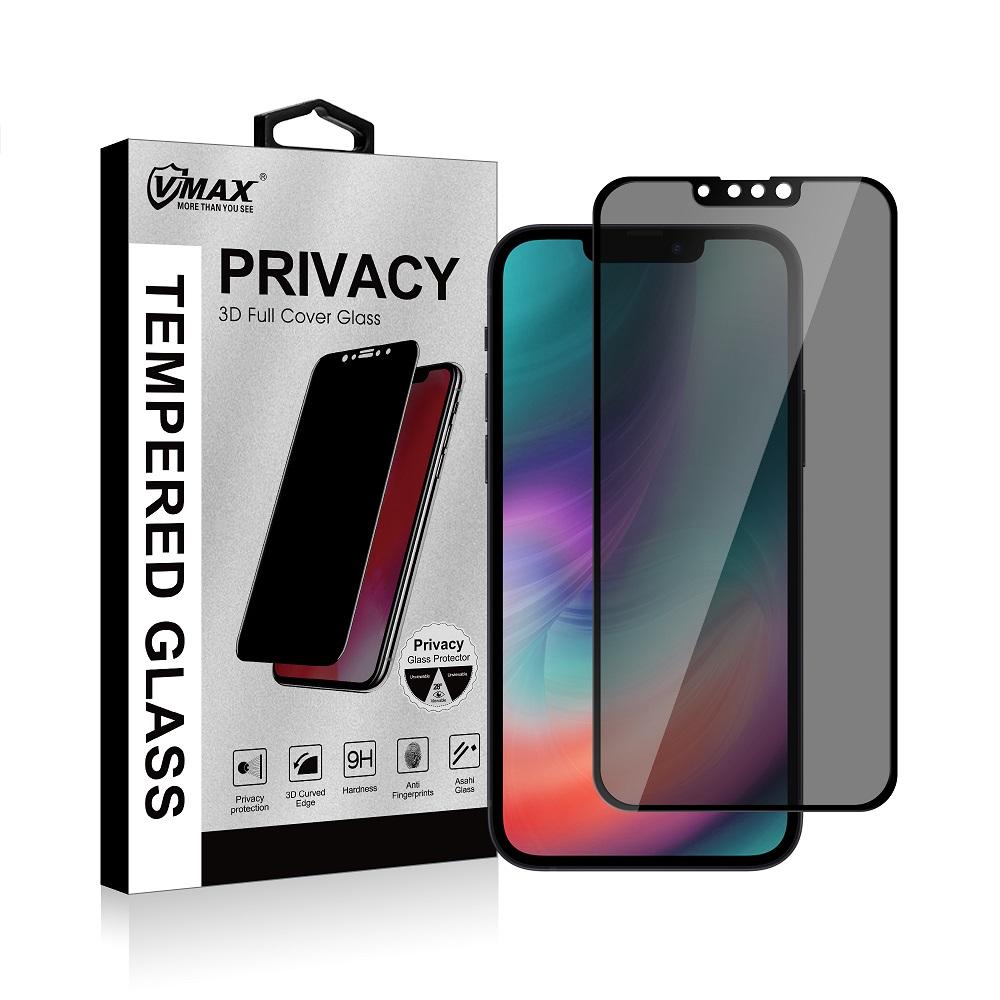
Step-by-Step Guide for Removing Plastic Film Protectors
Preparing the Device
As with tempered glass protectors, power off your device and clean the screen with a soft cloth. Removing the device’s case is also recommended for easy access to the edges of the protector.
Removing the Plastic Film Protector
- Peel Off the Edge: Begin by locating a corner or edge of the plastic film protector. Gently lift it using your fingernail or a plastic card.
- Slowly Peel: Slowly peel the protector away from the screen, keeping the angle as flat as possible to minimize the risk of tearing.
- Check for Residue: If there is any adhesive residue left, use a small amount of adhesive remover and a soft cloth to clean it off.
Cleaning and Preparing the Screen
After removing the plastic film protector, ensure the screen is clean and free of any adhesive. A quick wipe with a microfiber cloth is often sufficient. Make sure the screen is completely dry before applying a new protector.
Troubleshooting Common Issues
Dealing with Stuck or Resistant Protectors
Sometimes, screen protectors can be stubborn and resistant to removal. If you encounter difficulty, try applying a little heat using a hairdryer on a low setting to soften the adhesive. Be cautious not to overheat the device. If a protector remains stuck, gently prying with a plastic card can help.
Handling Cracked or Broken Glass Protectors
If your tempered glass protector is cracked or broken, handle it with extra care. Use a suction cup to lift larger pieces and a plastic card to remove smaller fragments. Wear protective gloves if necessary to avoid injury from glass shards. Ensure the screen is free from any glass fragments before applying a new protector.
Tips for a Successful Screen Protector Removal
Working in a Clean Environment
To avoid dust and debris from contaminating your screen, work in a clean, dust-free environment. A well-lit area will help you see the edges of the protector more clearly, making removal easier and more precise.
Avoiding Common Mistakes
Do not use excessive force or sharp objects to remove the screen protector, as this can damage your device’s screen. Also, avoid using too much adhesive remover, which could potentially seep into the device’s openings.
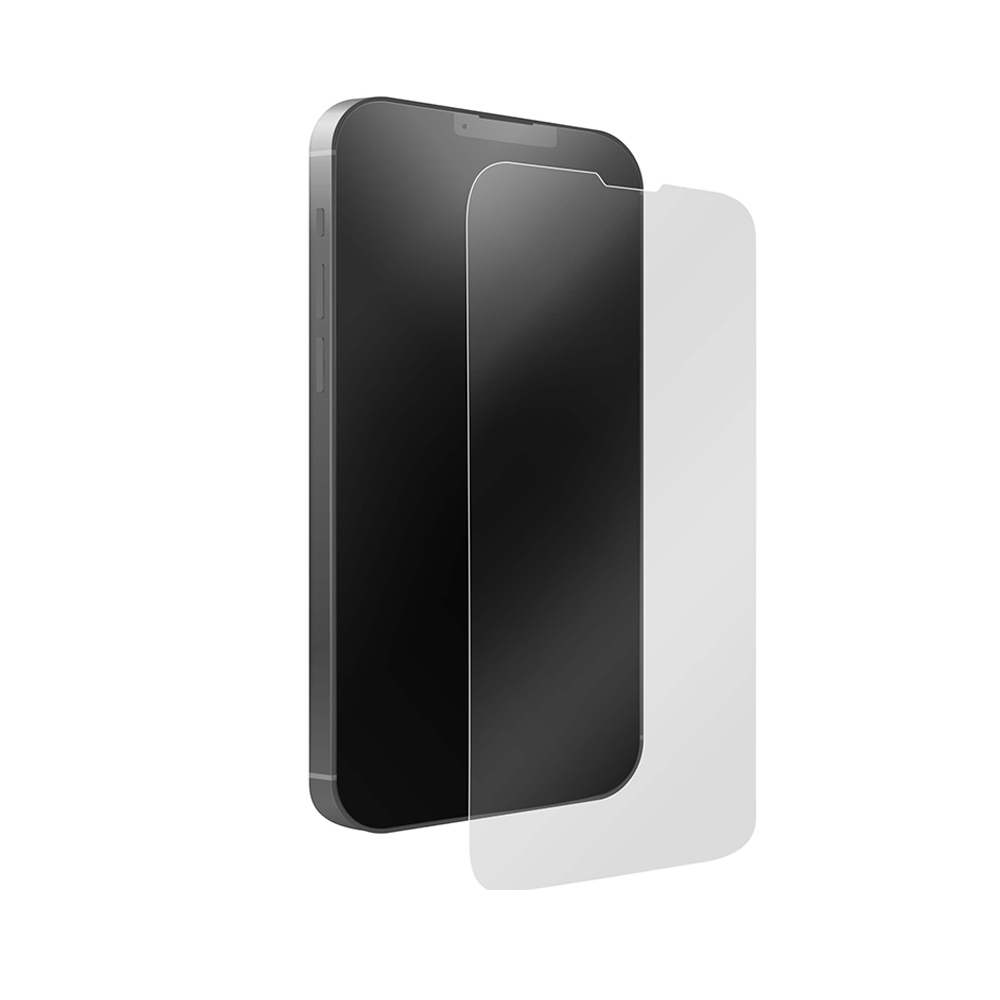
Understanding Adhesive Types
Types of Adhesives Used in Screen Protectors
Screen protectors use different types of adhesives, each affecting the removal process. For tempered glass protectors, the adhesive is usually strong and designed to keep the glass firmly in place. Plastic film protectors typically use a lighter adhesive that can be easier to peel off but may leave some residue. Knowing the adhesive type helps in choosing the right removal method and cleaning solutions.
How Adhesive Affects Removal
The strength and type of adhesive can significantly impact how you should approach removal. Strong adhesives on tempered glass protectors may require gentle heating to loosen, while lighter adhesives on plastic films can often be removed with just a simple peel. Understanding this can make the process smoother and prevent damage to your device.
Preventing Future Issues with Screen Protectors
Applying New Screen Protectors
Once you’ve removed the old screen protector, applying a new one correctly is crucial. Ensure the screen is completely clean and free of dust or fingerprints before applying the new protector. Align it carefully to avoid bubbles and secure it in place according to the manufacturer’s instructions.
Regular Maintenance Tips
To extend the life of your screen protector and keep your device’s screen in good condition, perform regular maintenance. Clean the screen protector with a microfiber cloth regularly to remove dust and smudges. Avoid placing your device in pockets or bags with other items that could scratch or damage the protector.
Conclusion: Maintaining Your Device’s Screen
Removing an old screen protector is an important step in keeping your device’s screen in optimal condition. By understanding the type of protector you have and using the right tools and techniques, you can ensure a smooth removal process. Proper cleaning and preparation of the screen before applying a new protector will help maintain the clarity and protection of your device.
